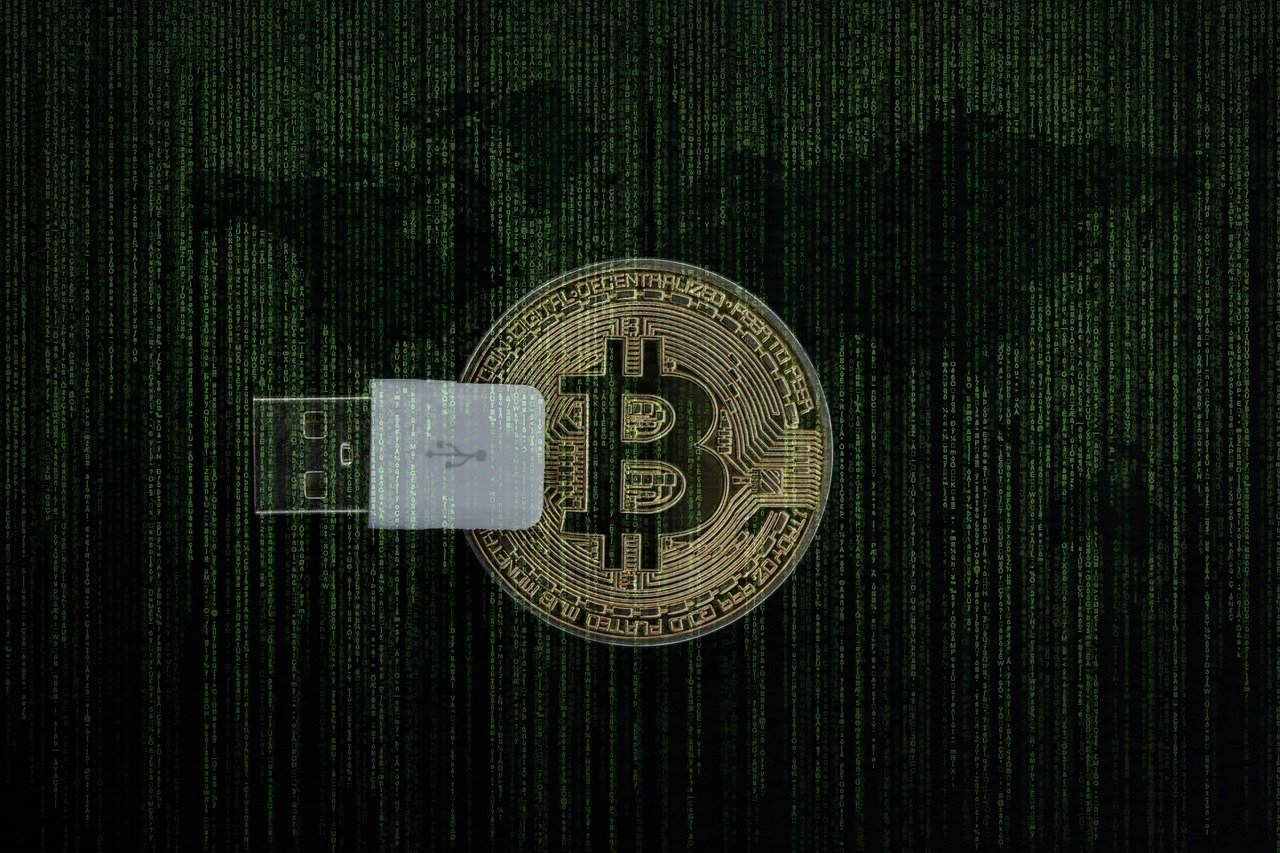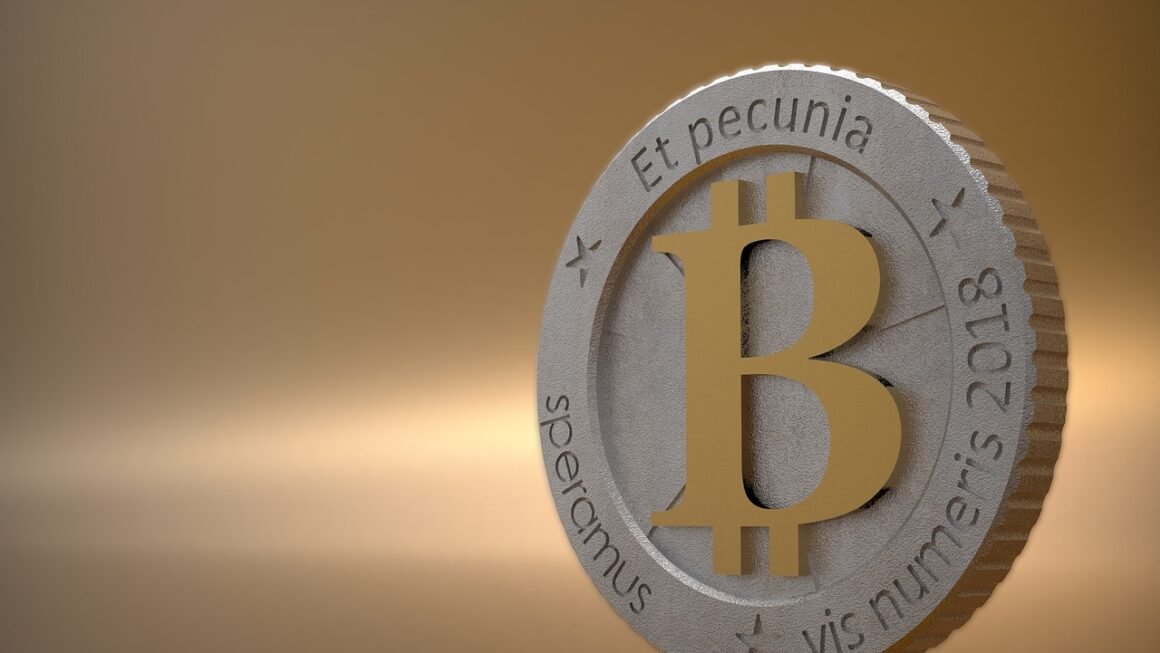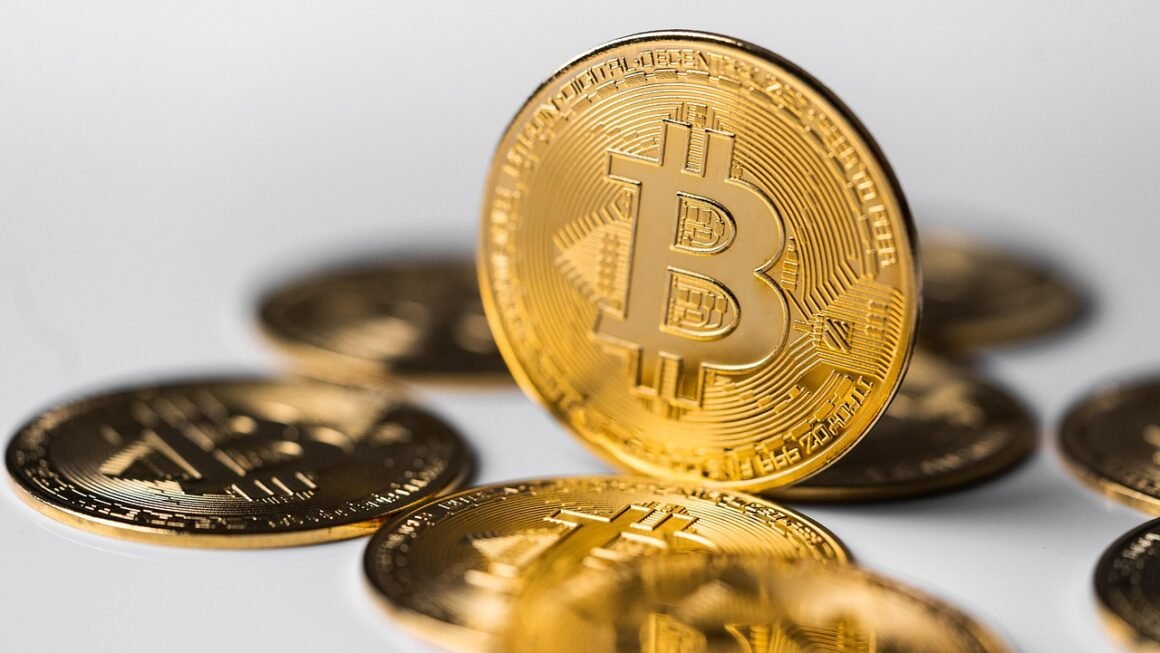The process of extracting valuable minerals and geological materials from the Earth, mining, is a fundamental industry that shapes civilizations and fuels technological advancements. From the iron ore that forms the backbone of our infrastructure to the rare earth elements essential for modern electronics, mining provides the raw materials upon which our modern world is built. This comprehensive guide explores the multifaceted world of mining, delving into its various techniques, environmental considerations, economic impacts, and the future of this vital industry.
What is Mining?
Defining Mining
Mining encompasses the processes of extracting minerals, metals, and other geological materials from the Earth. These materials are found in ore bodies, veins, seams, and placer deposits and are extracted through various methods depending on the type of deposit and its location. The materials extracted are then processed and refined for use in a vast array of applications.
Types of Minerals Mined
The range of minerals and materials extracted through mining is incredibly diverse. Some common examples include:
- Metals: Iron, copper, aluminum, gold, silver, nickel, lead, zinc
- Non-metals: Coal, diamonds, salt, potash, phosphate, limestone, sand, gravel
- Rare Earth Elements (REEs): Used in electronics, magnets, and catalysts
Significance of Mining
Mining plays a crucial role in modern society, impacting numerous aspects of our lives:
- Infrastructure: Provides materials for building roads, bridges, buildings, and other essential infrastructure.
- Manufacturing: Supplies raw materials for the production of countless goods, from cars and appliances to electronics and machinery.
- Energy Production: Coal and uranium are mined for energy generation.
- Technology: Rare earth elements are vital components in smartphones, computers, and other electronic devices.
- Agriculture: Phosphate and potash are essential ingredients in fertilizers.
Mining Techniques
Surface Mining
Surface mining, also known as open-pit mining, is used when mineral deposits are close to the Earth’s surface. This method involves removing overlying layers of soil and rock (overburden) to expose the ore body.
- Open-Pit Mining: Creates large, terraced pits to extract ore. Used for copper, iron, and gold. A practical example is the Bingham Canyon Mine in Utah, one of the largest open-pit mines in the world.
- Strip Mining: Removes narrow strips of overburden to access ore. Commonly used for coal.
- Quarrying: Extracts stone, gravel, and sand.
Underground Mining
Underground mining is used when mineral deposits are located deep beneath the Earth’s surface. This method involves constructing tunnels and shafts to access the ore body.
- Shaft Mining: Uses vertical shafts to access deep ore deposits. Example: Many gold mines in South Africa.
- Drift Mining: Uses horizontal tunnels (drifts) to access ore. Commonly used for coal seams.
- Slope Mining: Uses inclined tunnels (slopes) to access ore. A combination of shaft and drift mining.
- Room and Pillar Mining: A technique used mostly in coal mining, in which rooms of ore are extracted and pillars of ore are left in place to support the roof.
Placer Mining
Placer mining involves extracting valuable minerals from alluvial deposits (sand and gravel) in riverbeds, beaches, and other similar environments.
- Panning: Separating gold or other heavy minerals from sand and gravel using a pan. A traditional and small-scale method.
- Sluicing: Using a sluice box to separate minerals by density using water flow. More efficient than panning.
- Dredging: Using floating dredges to excavate and process large volumes of alluvial material.
In-Situ Leaching (ISL)
In-situ leaching (ISL), also known as solution mining, involves injecting a leaching solution into an ore body to dissolve valuable minerals and then pumping the solution back to the surface for processing.
- Suitable for: Uranium, copper, and gold deposits.
- Environmental Advantages: Potentially less surface disturbance compared to conventional mining methods.
- Requires: Careful monitoring to prevent groundwater contamination.
Environmental Considerations
Impact on Ecosystems
Mining operations can have significant impacts on ecosystems:
- Habitat Destruction: Clearing land for mining operations destroys habitats and displaces wildlife.
- Water Pollution: Runoff from mines can contaminate surface and groundwater with heavy metals and other pollutants. Acid mine drainage (AMD) is a major concern.
- Air Pollution: Dust and emissions from mining activities can contribute to air pollution.
- Soil Degradation: Mining can disrupt soil structure and fertility.
Mitigation and Remediation
Efforts are being made to mitigate the environmental impacts of mining and remediate damaged sites:
- Environmental Impact Assessments (EIAs): Required for new mining projects to assess potential environmental impacts.
- Reclamation: Restoring mined land to a productive use, such as agriculture or forestry. This includes recontouring the land, replanting vegetation, and controlling erosion.
- Water Treatment: Treating mine drainage to remove pollutants before discharge.
- Sustainable Mining Practices: Implementing practices that minimize environmental impacts and promote responsible resource management. Examples include reducing water consumption, using energy-efficient technologies, and minimizing waste generation.
Regulations and Standards
Government regulations and industry standards play a crucial role in ensuring responsible mining practices:
- National and local environmental laws: These laws govern various aspects of mining, including water quality, air quality, and land reclamation.
- International standards: Organizations like the International Council on Mining and Metals (ICMM) promote sustainable mining practices globally.
- Certification programs: Certifications like the Responsible Jewellery Council (RJC) certification aim to ensure ethical and responsible sourcing of minerals.
Economic and Social Impacts
Job Creation and Economic Growth
Mining can be a significant driver of economic growth and job creation:
- Direct employment: Mining companies directly employ workers in mining operations, processing plants, and support services.
- Indirect employment: Mining supports indirect employment in related industries, such as transportation, manufacturing, and engineering.
- Revenue generation: Mining generates revenue through taxes and royalties, which can be used to fund public services.
Community Development
Mining can contribute to community development in several ways:
- Infrastructure development: Mining companies may invest in infrastructure projects, such as roads, schools, and hospitals, to support their operations and benefit local communities.
- Community programs: Mining companies may support community programs related to education, healthcare, and economic development.
Social Challenges
Mining can also pose social challenges:
- Displacement of communities: Mining projects may require the relocation of communities, leading to social disruption and economic hardship.
- Health and safety risks: Mining can be a dangerous occupation, with risks of accidents, injuries, and occupational diseases.
- Environmental justice concerns: Mining activities can disproportionately impact vulnerable communities, raising concerns about environmental justice.
The Future of Mining
Technological Advancements
Technological advancements are transforming the mining industry:
- Automation: Autonomous trucks, drills, and other equipment are increasing efficiency and safety.
- Data analytics: Data analytics is used to optimize mining operations, improve resource management, and reduce costs.
- Remote sensing: Remote sensing technologies, such as drones and satellites, are used to monitor mining operations and assess environmental impacts.
- Artificial Intelligence (AI): AI is being used for predictive maintenance of equipment, ore sorting, and other applications.
Sustainable Mining Practices
The future of mining depends on adopting sustainable practices:
- Circular economy: Promoting the reuse and recycling of mined materials to reduce waste and conserve resources.
- Reduced environmental footprint: Minimizing the environmental impact of mining through innovative technologies and responsible practices.
- Stakeholder engagement: Engaging with communities, governments, and other stakeholders to ensure that mining is conducted in a socially and environmentally responsible manner.
Innovation in Mineral Exploration
New technologies are improving mineral exploration:
- Geophysical surveys: Advanced geophysical techniques are used to identify potential ore deposits more accurately.
- Geochemical analysis: Geochemical analysis helps to understand the composition and distribution of minerals.
- Machine learning: Machine learning algorithms are used to analyze geological data and identify promising exploration targets.
Conclusion
Mining is an essential industry that provides the raw materials necessary for modern society. While mining operations can have significant environmental and social impacts, efforts are being made to mitigate these impacts through sustainable practices, technological advancements, and responsible regulation. As the world’s demand for minerals continues to grow, the future of mining will depend on innovation, collaboration, and a commitment to environmental and social responsibility. It is crucial that we continue to refine and implement mining practices that ensure we meet our current needs without compromising the ability of future generations to meet their own.



